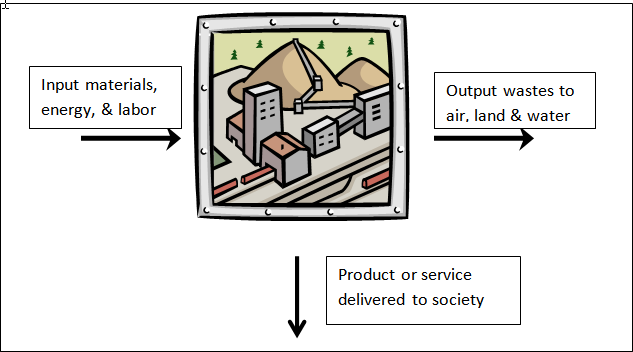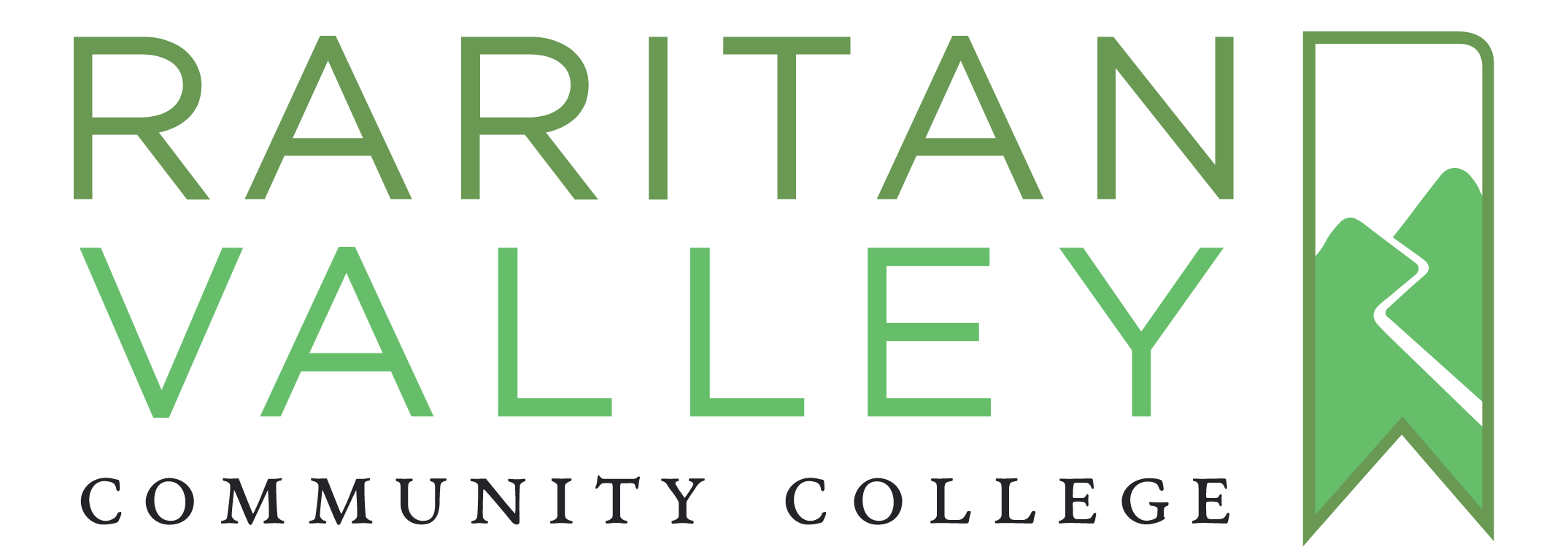3 Life Cycle Analysis
Problem Solving for Sustainability
It should be clear by now that making decisions and solving problems in support of greater sustainability of human-created systems and their impact on the natural environment is a complex undertaking. Often in modern life our decisions and designs are driven by a single goal or objective (e.g. greater monetary profitability, use of less energy, design for shorter travel times, generation of less waste, or reduction of risk), but in most cases solving problems sustainably requires a more holistic approach in which the functioning of many parts of the system must be assessed simultaneously, and multiple objectives must be integrated when possible. Furthermore, often our decisions require the recognition of tradeoffs — there are many kinds of impacts on the environment and most decisions that we make create more than one impact at the same time. Of course choices must be made, but it is better if they are made with fuller knowledge of the array of impacts that will occur. The history of environmental degradation is littered with decisions and solutions that resulted in unintended consequences.
An illustrative example of the role of sustainability in solving problems is the issue of biofuels — turning plant matter into usable energy (mostly liquid hydrocarbon-based fuels). When viewed from afar and with a single goal, “energy independence,” using our considerable agricultural resources to turn solar energy, via photosynthesis, into usable fuels so that we can reduce our dependence on imported petroleum appears to be quite attractive. The United States is the largest producer of grain and forest products in the world. It has pioneered new technologies to maintain and even increase agricultural productivity, and it has vast processing capabilities to create artificial fertilizer and to convert biomass into agricultural products. And, after all, such a venture is both “domestic” and “natural” — attributes that incline many, initially at least, to be favorably disposed. However upon closer examination this direction is not quite as unequivocally positive as we might have thought. Yes it is possible to convert grain into ethanol and plant oils into diesel fuel, but the great majority of these resources have historically been used to feed Americans and the animals that they consume (and not just Americans; the United States is the world’s largest exporter of agricultural products). As demand has increased, the prices for many agricultural products have risen, meaning that some fraction of the world’s poor can no longer afford as much food. More marginal lands (which are better used for other crops, grazing, or other uses) have been brought under cultivation for fermentable grains, and there have been parallel “indirect” consequences globally — as the world price of agricultural commodities has risen, other countries have begun diverting land from existing uses to crops as well. Furthermore, agricultural runoff from artificial fertilizers has contributed to over 400 regional episodes of hypoxia in estuaries around the world, including the U.S. Gulf Coast and Chesapeake Bay.
In response to such problems, U.S. Congress passed the Energy Independence and Security Act in 2007, which limits the amount of grain that can be converted into biofuels in favor of using agriculturally-derived cellulose, the chief constituent of the cell walls of plants. This has given rise to a large scientific and technological research and development program to devise economical ways to process cellulosic materials into ethanol, and parallel efforts to investigate new cellulosic cropping systems that include, for example, native grasses. Thus, the seemingly simple decision to grow our biofuels industry in response to a political objective has had unintended political, financial, dietary, social, land use, environmental quality, and technological consequences. With hindsight, the multiple impacts of biofuels have become clear, and there is always the hope that we can learn from examples like this. But we might also ask if there is a way to foresee all or at least some of these impacts in advance, and adjust our designs, processes, and policies to take them into account and make more informed decisions, not just for biofuels but also for complex societal problems of a similar nature. This approach is the realm of the field of industrial ecology, and the basis for the tool of life cycle assessment (LCA), a methodology that has been designed to perform holistic analyses of complex systems.
Life Cycle Assessment Basics
LCA is a systems methodology for compiling and evaluating information on materials and energy as they flow through a product or service manufacturing chain. It grew out of the needs of industry, in the early 1960s, to understand manufacturing systems, supply chains, and market behavior, and make choices among competing designs, processes, and products. It was also applied to the evaluation of the generation and emission of wastes from manufacturing activities. During the 1970s and 1980s general interest in LCA for environmental evaluation declined as the nation focused on the control of toxic substances and remediation of hazardous waste sites but increasing concern about global impacts, particularly those associated with greenhouse gas emissions, saw renewed interest in the development of the LCA methodology and more widespread applications.
LCA is a good way to understand the totality of the environmental impacts and benefits of a product or service. The method enables researchers and practitioners to see where along the product chain material and energy are most intensively consumed and waste produced. It allows for comparisons with conventional products that may be displaced in commerce by new products, and helps to identify economic and environmental tradeoffs.
LCA can facilitate communication of risks and benefits to stakeholders and consumers (e.g. the “carbon footprint” of individual activities and life styles). Perhaps most importantly of all, LCA can help to prevent unintended consequences, such as creating solutions to problems that result in the transferal of environmental burdens from one area to another, or from one type of impact to another.
A complete LCA assessment defines a system as consisting of five general stages of the product or service chain, each of which can be further broken down into substages:
- Acquisition of materials (through resource extraction or recycled sources)
- Manufacturing, refining, and fabrication
- Packaging
- Use by consumers
- End-of-life disposition (incineration, landfilling, composting, recycling/reuse)
Each of these involves the transport of materials within or between stages, and transportation has its own set of impacts.
In most cases, the impacts contributed from each stage of the LCA are uneven, i.e. one or two of the stages may dominate the assessment. For example, in the manufacture of aluminum products it is acquisition of materials (mining), purification of the ore, and chemical reduction of the aluminum into metal that create environmental impacts. Subsequent usage of aluminum products by consumers contributes very few impacts, although the facilitation of recycling of aluminum is an important step in avoiding the consumption of primary materials and energy. In contrast, for internal combustion-powered automobiles, usage by consumers creates 70-80% of the life cycle impacts. Thus, it is not always necessary that the LCA include all stages of analysis; in many cases it is only a portion of the product/service chain that is of interest, and often there is not enough information to include all stages anyway. For this reason there are certain characteristic terminologies for various “scopes” of LCAs that have emerged:
Industrial Ecology
Many systems designed by humans focus on maximizing profitability for the firm, business or corporation. In most cases this means increasing production to meet demand for the products or services being delivered. An unfortunate byproduct of this is the creation of large amounts of waste, many of which have significant impacts if they enter the environment. Figure Human-Designed Industry is a general-purpose diagram of a typical manufacturing process, showing the inputs of materials and energy, the manufacturing of products, and the generation of wastes (the contents of the “manufacturing box” are generic and not meant to depict any particular industry—it could be a mine, a factory, a power plant, a city, or even a university). What many find surprising is the large disparity between the amounts of waste produced and the quantity of product delivered.

Human-Designed Industry Generic representation of a human-designed industry.Source: Theis, T.
The life cycle of a t-shirt
Trace the life cycle of a classic white t-shirt to find out how they’re made and what is their ultimate environmental impact. — Consider the classic white t-shirt. Annually, we sell and buy 2 billion t-shirts globally, making it one of the most common garments in the world. But how and where is the average t-shirt made, and what’s its environmental impact? Angel Chang traces the life cycle of a t-shirt. Lesson by Angel Chang, directed by TED-Ed.
Conclusions
The life cycle approach is a useful way to come to an understanding of the material and energy needed to make a product or deliver a service, see where wastes are generated, and estimate the subsequent impacts that these wastes may have on the environment. It is a good way to improve a product chain, articulate tradeoffs, and make comparisons among alternative processes and products. In these contexts LCA facilitates decision making by managers, designers, and other stakeholders. Most importantly, LCA is a way of framing policy options in a comprehensive and systematic way.
Attributes
This chapter is composed of text taken from the following sources:
Sustainability: A Comprehensive Foundation by Tom Theis, University of Illinois, Chicago and Jonathan Tomkin, University of Illinois, Urbana-Champaign. Copyright Year: 2015. Publisher: OpenStax CNX and is under CC BY license. https://ia601501.us.archive.org/32/items/cnx-org-col11325/sustainability-a-comprehensive-foundation.pd
Life Cycle of a t-shirt video. Lesson by Angel Chang, directed by TED-Ed. –https://www.youtube.com/watch?v=BiSYoeqb_VY

